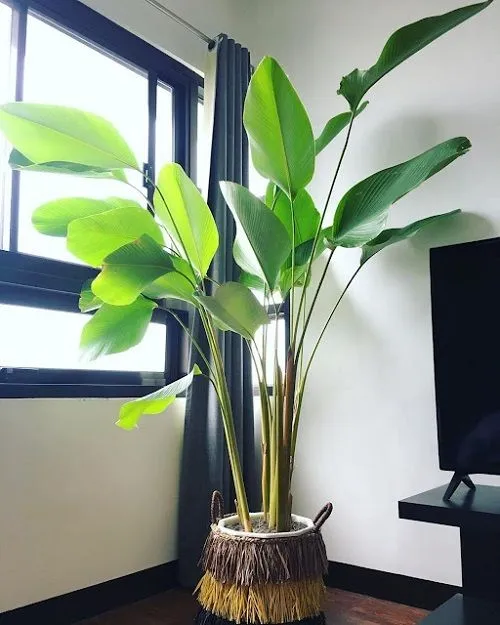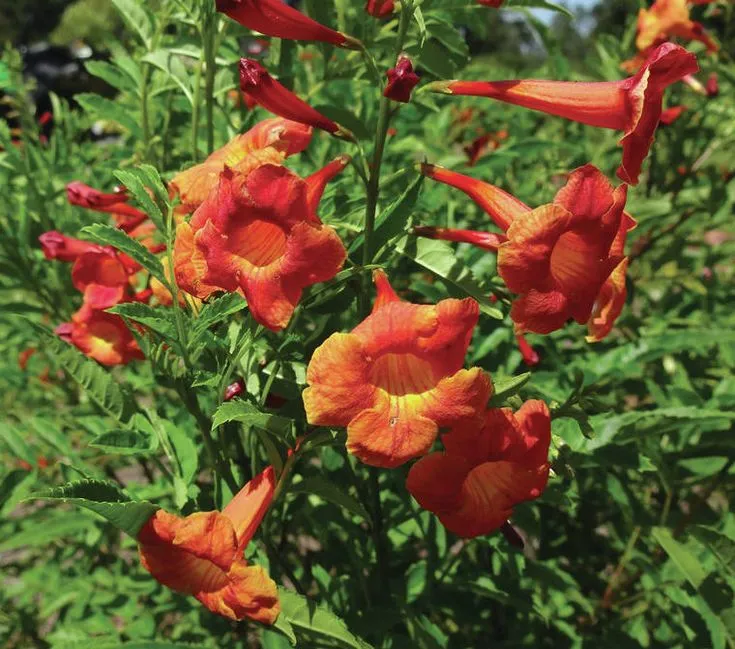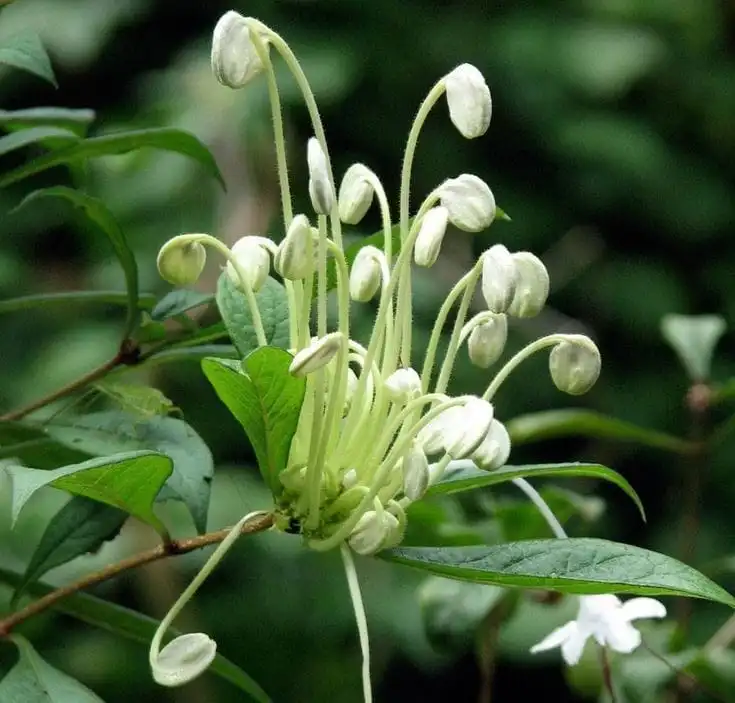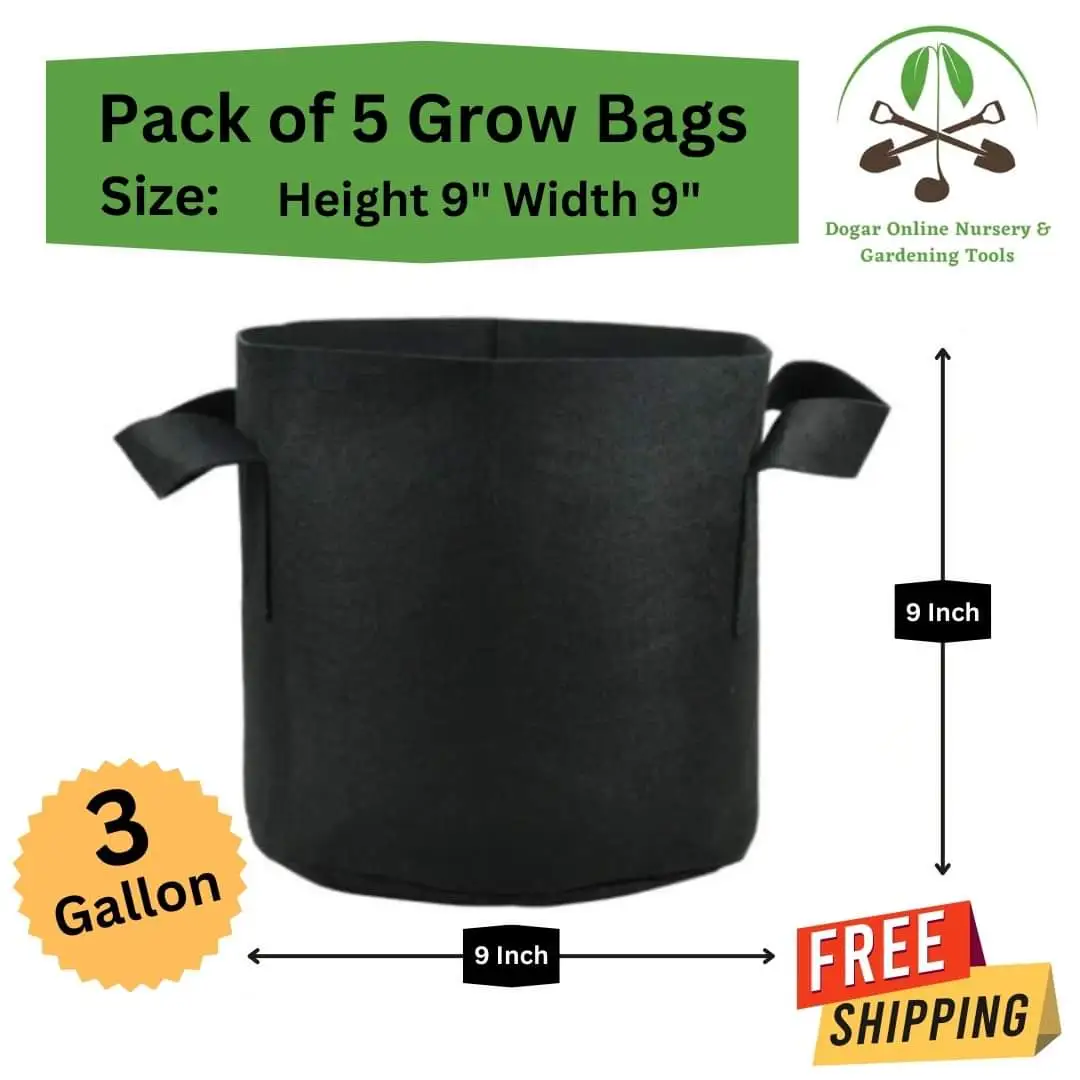Benefits of Banana Palm Plants
Banana palm plants (genus Musa) are among the most fascinating and versatile tropical plants known to humans. Often mistaken for trees due to their size and structure, banana palms are actually large herbaceous plants. With their lush, broad leaves and tropical appeal, banana palms are not only popular for their delicious fruit but also for their many health, environmental, and ornamental benefits.
In this comprehensive article, we will explore the numerous advantages of banana palm plants, including their nutritional value, ecological importance, ornamental appeal, economic significance, and medicinal properties. Whether grown in home gardens, farms, or public landscapes, banana palms offer a wide range of benefits that make them a valuable addition to any space.
The banana palm plant is far more than just a source of delicious fruit.
1. Nutritional Benefits of Banana Fruit
One of the most well-known benefits of banana palm plants is their fruit. Bananas are a global dietary staple, enjoyed in nearly every part of the world. Here are some of the top nutritional advantages:
Rich in Essential Nutrients
Bananas are packed with vital nutrients, including:
Potassium: Supports heart health and blood pressure regulation.
Vitamin C: Boosts the immune system.
Vitamin B6: Important for brain development and metabolism.
Magnesium and Fiber: Aid in digestion and muscle health.
Energy-Boosting Snack
Bananas are high in natural sugars like fructose and glucose, making them an instant energy booster, especially for athletes and active individuals.
Digestive Health
The fiber in bananas promotes healthy digestion and regular bowel movements. They are gentle on the stomach and are often recommended during gastrointestinal issues.
Natural Antacid
Bananas can neutralize stomach acid and relieve symptoms of acid reflux and heartburn, making them a natural alternative to over-the-counter medications.
2. Environmental and Ecological Benefits
Banana palm plants also play an important role in maintaining ecological balance and providing environmental benefits.
Air Purification
Like other large-leafed plants, banana palms absorb carbon dioxide and release oxygen. Their large surface area makes them excellent for filtering toxins from the air and improving indoor or outdoor air quality.
Erosion Control
The broad canopy and root structure of banana plants help prevent soil erosion. They are particularly beneficial in areas prone to heavy rainfall or slope degradation.
Habitat for Wildlife
Banana palms provide shelter and food for various wildlife species. Birds, insects, and small animals often use the banana plant’s large leaves for protection and nesting.
Composting and Organic Matter
The leaves and stems of banana plants can be composted to enrich soil with organic matter. This promotes soil fertility and healthier plant growth.
3. Ornamental and Aesthetic Appeal
Banana palms are widely appreciated for their decorative value. Their striking tropical appearance makes them ideal for landscaping and interior decor.
Tropical Landscape Design
Banana palms bring a lush, exotic vibe to gardens, resorts, and public parks. They’re often used as focal points in landscape designs due to their dramatic appearance.
Indoor Plant Beauty
Dwarf banana varieties can be grown indoors, adding greenery and a touch of the tropics to interior spaces. They are particularly suitable for large atriums, sunrooms, or patios.
Fast-Growing Foliage
Banana palms grow quickly and can reach maturity within a year. Their rapid growth makes them ideal for creating instant green coverage and privacy barriers.
4. Economic Importance
Banana palm plants contribute significantly to the agricultural economy of many tropical and subtropical regions.
Major Cash Crop
Bananas are one of the most exported fruits globally. Countries like India, the Philippines, Ecuador, and Brazil generate billions in revenue from banana exports.
Employment Opportunities
Banana cultivation provides employment to millions of farmers, laborers, and vendors worldwide, supporting rural economies.
By-Products and Cottage Industries
Various parts of the banana plant are used to produce value-added products:
Banana chips and jams
Banana flour and wine
Handicrafts made from banana fiber and leaves
5. Culinary Uses Beyond the Fruit
While the banana fruit is widely consumed, other parts of the plant are also edible and used in various cuisines.
Banana Leaves for Cooking
Banana leaves are commonly used in South Asian, African, and Latin American cuisines to:
Wrap food for steaming or grilling
Serve as natural, eco-friendly plates
Enhance flavor and aroma during cooking
Banana Flower (Banana Blossom)
This large, purple flower is rich in iron and fiber and is commonly used in curries, stir-fries, and salads.
Banana Stem (Pseudostem)
The inner part of the banana stem is edible and used in smoothies, curries, and detox drinks. It has diuretic properties and aids in kidney health.
Note:The banana palm plant is far more than just a source of delicious fruit.
6. Medicinal and Health Benefits
The banana palm is not just about nutrition and beauty—it also offers several traditional and herbal health benefits.
Anti-inflammatory Properties
Banana flower extracts have been shown to reduce inflammation and are used in traditional medicine to treat wounds, ulcers, and infections.
Blood Sugar Regulation
Banana stem juice is believed to help manage blood sugar levels, especially in diabetic patients, due to its low glycemic index.
Kidney Stone Prevention
Drinks made from banana stem are popular in Ayurveda for preventing and dissolving kidney stones.
Stress Reduction
The high levels of tryptophan in bananas help in the production of serotonin—a neurotransmitter that improves mood and reduces stress.
7. Sustainability and Zero-Waste Potential
One of the most impressive aspects of banana palm plants is their zero-waste potential. Nearly every part of the plant can be used for something valuable.
Banana Fiber
Banana stems contain a strong fiber used to make:
Textiles and clothing
Paper and packaging
Ropes and mats
Natural Tableware
Banana leaves are increasingly used as biodegradable alternatives to plastic and paper plates.
Animal Feed
Banana leaves, stems, and even imperfect fruits are used as nutritious feed for livestock.
Mulching and Compost
Leftover plant parts can be shredded and used as mulch, improving soil moisture retention and suppressing weeds.
8. Easy to Grow and Maintain
Banana palm plants are relatively easy to grow with the right conditions, making them ideal for both amateur and expert gardeners.
Adaptability
They can grow in a variety of soil types and adapt well to both container gardening and open fields.
Low Maintenance
Banana palms require minimal pruning and are generally resistant to pests and diseases with proper care.
Quick Harvest
Unlike many fruit trees that take years to bear fruit, bananas can be harvested within 9–12 months of planting.
9. Cultural and Religious Significance
In many cultures, banana palms have symbolic and spiritual importance.
Hindu and Buddhist Traditions
Banana plants are considered sacred in Hinduism and Buddhism. The leaves are used in rituals, weddings, and religious festivals.
Symbol of Prosperity
In several Asian cultures, banana plants are symbols of fertility, wealth, and abundance.
10. Climate Resilience and Carbon Sequestration
In the face of climate change, banana palms offer some advantages for sustainable farming and climate resilience.
Drought Tolerance (in Some Varieties)
Certain cultivars have moderate drought resistance, making them suitable for water-scarce regions.
Carbon Absorption
Banana plants absorb significant amounts of CO₂ during their growth cycle, contributing to carbon sequestration.
Conclusion
The banana palm plant is far more than just a source of delicious fruit. It is a symbol of sustainability, a source of nutrition and medicine, a decorative plant, and an economic powerhouse in many countries. Its wide range of uses—from food and health to crafting and farming—make it one of the most versatile plants on the planet.
Whether you’re a gardener looking for a lush tropical touch, a farmer aiming for sustainable agriculture, or a consumer who values eco-friendly products and healthy food, the banana palm is a plant that delivers value at every level.
By understanding and promoting the many benefits of banana palm plants, we can appreciate their full potential and integrate them more thoughtfully into our daily lives, landscapes, and agricultural practices.
If you’d like this formatted into sections for a blog post or need it optimized for SEO, feel free to ask!









Leave a Reply